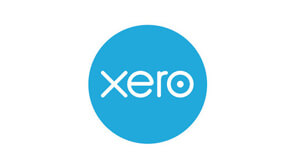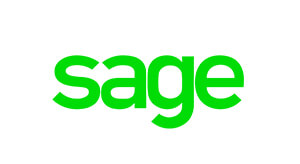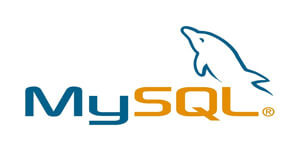One of the essential tools in achieving financial clarity is a thorough understanding of financial statements.
In this guide, we’ll break down the three key financial statements – income statements, balance sheets, and cash flow statements – unveiling their significance and how each contributes to the overall financial picture of your business.
Income Statements: The Performance Snapshot
Arguable the most important of your financial statements is the Income Statement, often referred to as the Profit and Loss Statement. This statement provides a snapshot of your company’s profitability over a specific period. Here’s what you’ll find:
- Revenue: The total income generated from sales or services.
- Expenses: All costs incurred to earn revenue, including operating expenses, taxes, and interest.
- Net Income: The bottom line – what remains after deducting expenses from revenue.
Understanding your Income Statement helps you gauge the profitability of your business operations. It’s a dynamic tool that highlights areas of strength and identifies potential areas for improvement.
Balance Sheets: The Financial Snapshot
The Balance Sheet offers a static view of your company’s financial position at a specific point in time. It presents a snapshot of your assets, liabilities, and equity. Here’s the breakdown:
- Assets: Everything your company owns, including cash, accounts receivable, inventory, and property.
- Liabilities: Debts and financial obligations, such as loans and accounts payable.
- Equity: The residual interest in assets after deducting liabilities – essentially, the owner’s claim on the company’s assets.
The Balance Sheet provides a comprehensive view of your company’s financial health, offering insights into its solvency and liquidity. It’s a crucial document for potential investors and lenders assessing your business’s financial viability.
Cash Flow Statements: The Lifeline of Your Business
While profitability is crucial, cash flow is the lifeblood of any business. The Cash Flow Statement outlines the inflows and outflows of cash over a specified period. Here’s the breakdown:
- Operating Activities: Cash transactions related to your core business operations.
- Investing Activities: Cash transactions for purchasing and selling long-term assets.
- Financing Activities: Cash transactions with your capital providers, including loans and equity.
Understanding your Cash Flow Statement ensures you can meet short-term obligations, seize growth opportunities, and navigate through financial challenges.
How Each Statement Contributes
Holistic Insight
Together, these statements create a comprehensive financial picture. While the Income Statement shows your operational performance, the Balance Sheet reveals your financial position, and the Cash Flow Statement ensures you have the liquidity needed to sustain operations.
Decision-Making Power
Armed with insights from these statements, you can make informed decisions. Identify areas for cost reduction, assess the feasibility of expansion, and make strategic financial moves.
Investor Confidence
For potential investors, a clear understanding of your financial statements instills confidence. It demonstrates transparency and provides the necessary information to evaluate the risks and rewards of investing in your business.
At Momentum Bookkeeping, we recognize the vital role that understanding financial statements plays in steering your business towards success. If navigating these statements feels overwhelming, our expert team is here to assist you. Let’s decode the language of finance together and empower your business for sustainable growth.

Momentum Bookkeeping Ltd
Mentieth House, 29 Park Circus, Glasgow, G3 6AP
Call. 0141 375 1240
Email. info@mvbooks.co.uk





